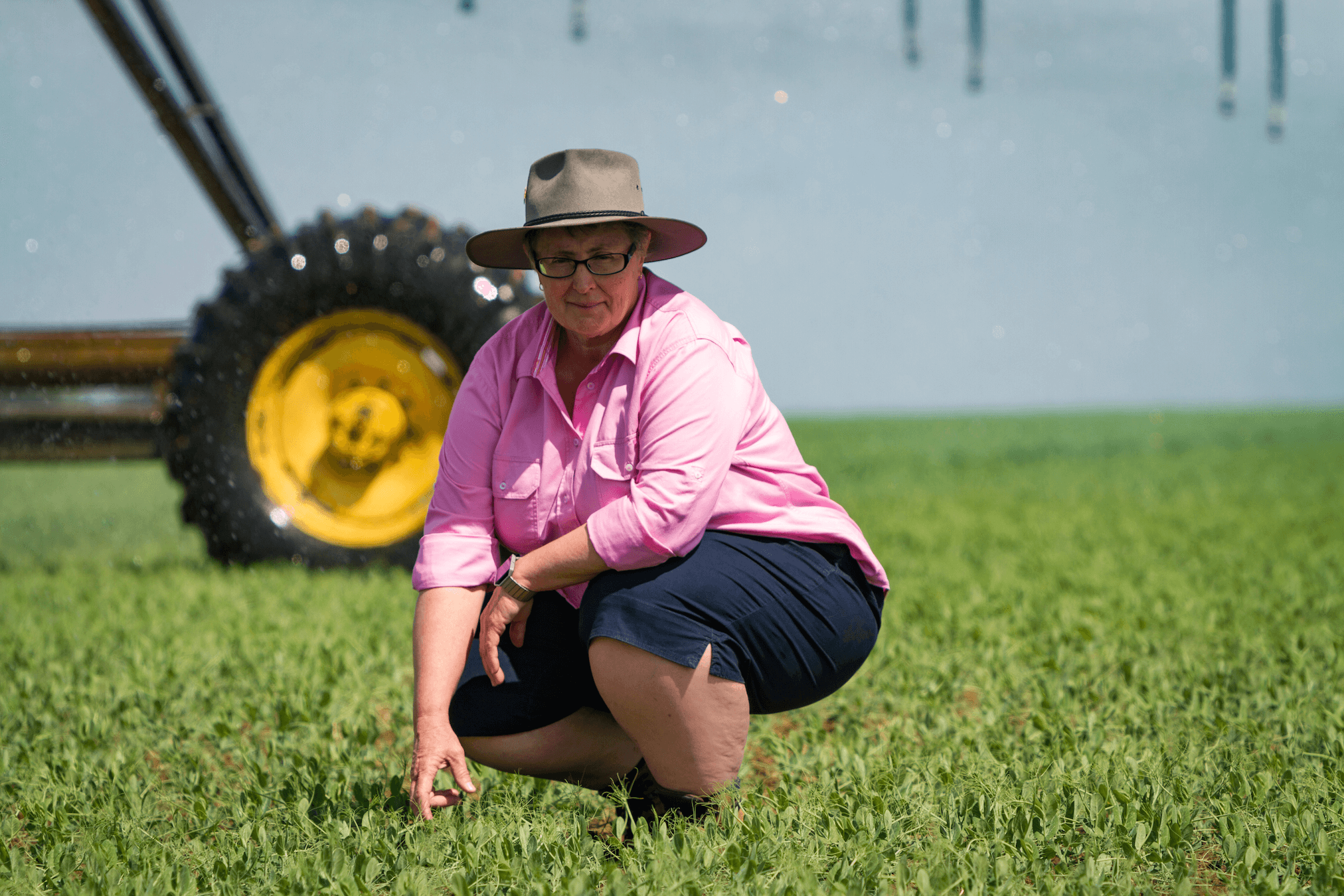Sensor Smart Irrigation
Water is a scarce resource. And it’s an expensive resource. Maximising the productivity from every megalitre of water used on a farm, through effective management, is essential. Water management is also critical for the environment.
Sense T, the Tasmanian Institute of Agriculture, the National Centre for Engineering in Agriculture and the Department of Primary Industries Water and Environment have used sensor technology to create a tool that provides real–time soil moisture information for farmers so that they can make effective decisions about irrigation. The project is called Sensor Smart Irrigation.
Project Leader Sue Hinton says that the problem they addressed had two facets.
“Firstly, we wanted d to determine how we can manage soil variability under irrigation systems.
“Soil variability means that soil holds different volumes of water that can result in dry patches and waterlogged patches, particularly if farmers put the same volume of water across the whole paddock.
“Overwatering can contribute to soil erosion or cause water to flow to other parts of the paddock, farm or catchment. It’s important that we minimise potential soil degradation,” said Sue.

-683x1024.png)
“Secondly, we wanted to understand how we can maximize the potential use of variable rate irrigation technology.”
Variable rate irrigation technology is equipment that’s attached to a centre pivot or a linear move irrigator that allows farmers to put different amounts of water in different parts of the paddock. Farmers can use this technology to match water distribution to the soil and the crop demand.
The Sense T tool helps farmers to manage the variability of soil and increase the overall productivity of the crop by avoiding underwatered and overwatered areas.
Sue has worked in irrigation and soil water management for many years and knew that there was a need to support farmers.
“Farmers using the tool can avoid wasting energy pumping water on to parts of the paddock that don’t need it. They can also save in volume of water used, or relocate water to the appropriate part of the paddock,” said Sue. “This technology improves the whole system.”
The project team wrote algorithms and code to cluster soils into management zones. The management zones are used to determine the best parts of the paddock to put sensors. Soil moisture sensing technology with telemetry then feeds data to the Sense T platform, which integrates with weather data.
The result is a computer–based diagram that farmers can view to see real–time moisture patterns across their paddock at any point in time. The farmers then develop a watering map for their irrigator to vary water distribution across the paddock to match the information that’s come from the sensors.

“There’s quite a lot of enthusiasm around the Sensor Smart Irrigation outputs. We’ve had some very positive feedback about the benefits farmers see in having a tool that isn’t dependent upon a particular product platform.
“The Sense T system can use any type of sensors or telemetry and talks to an independent platform.”
Sue says that there are opportunities to develop the tool to bring in other aspects of management.
“It might be able to incorporate sensors around nutrition for nitrogen or disease management. There’s a whole lot of opportunities to add value. We would also like to create a mobile app.”